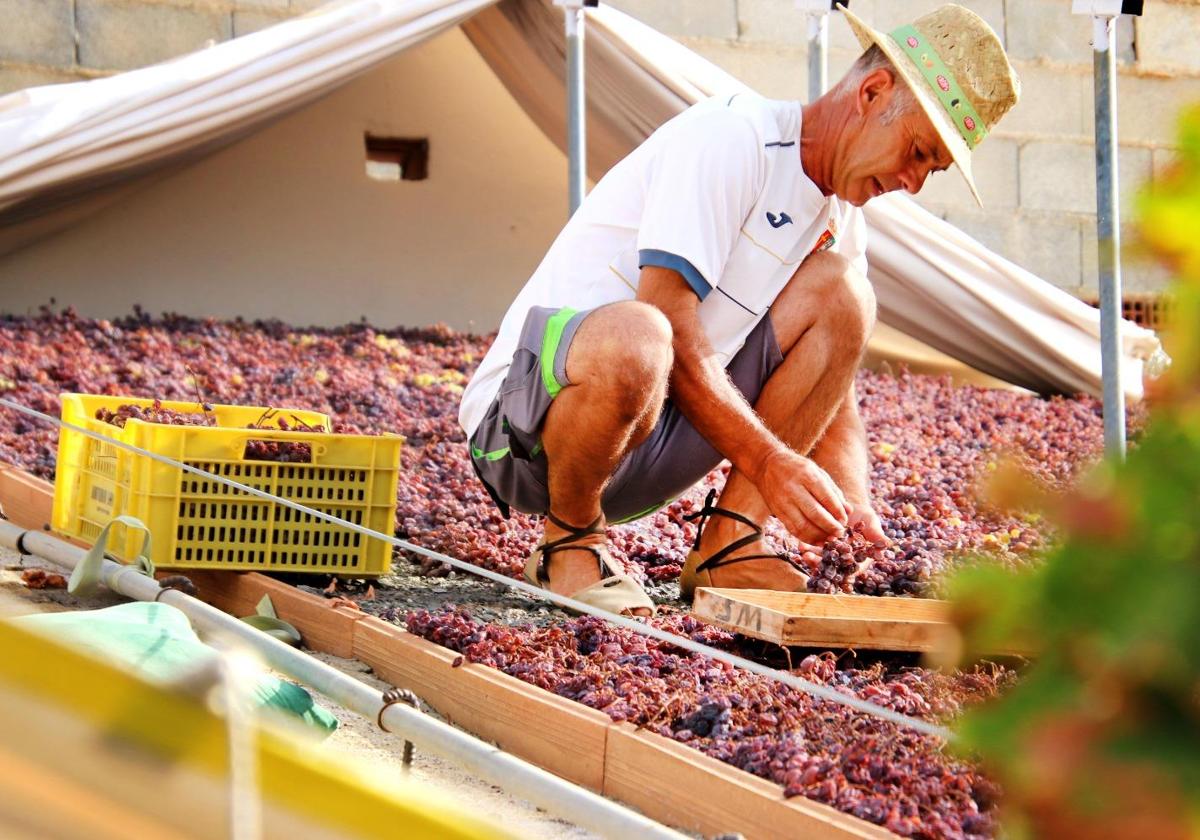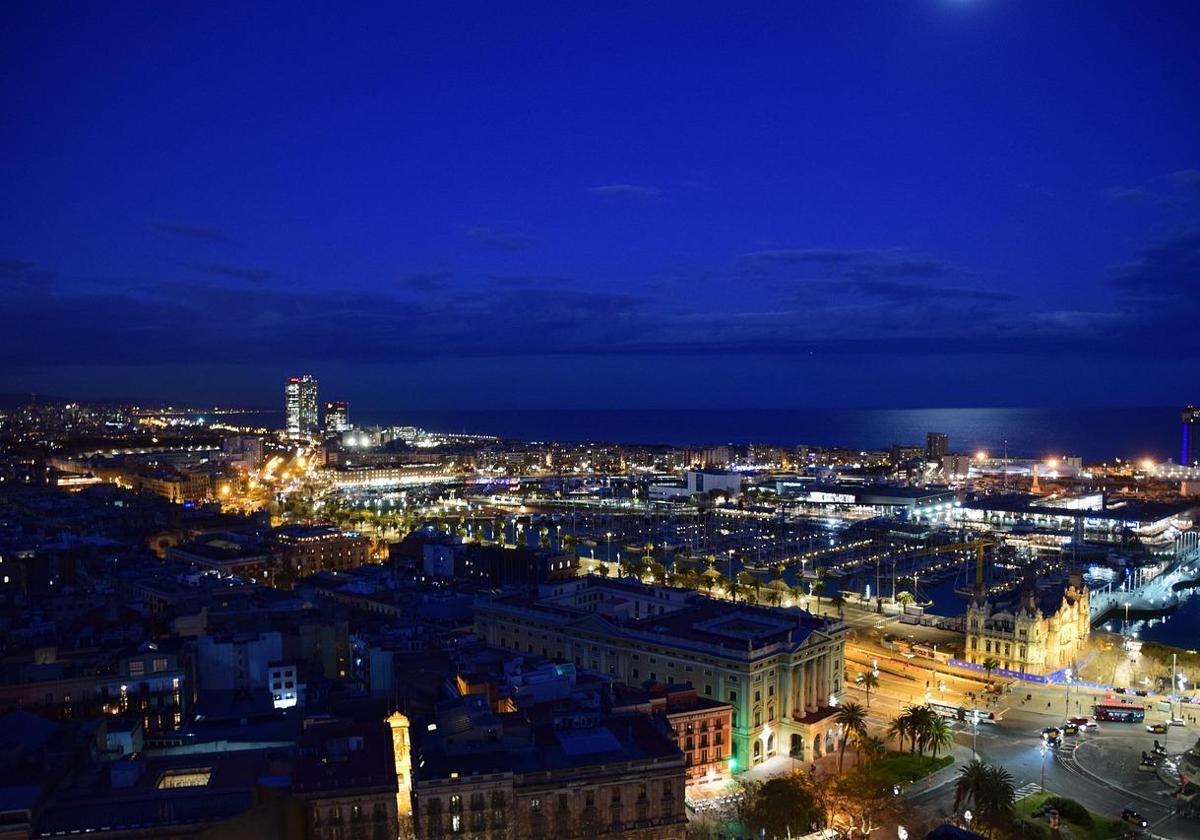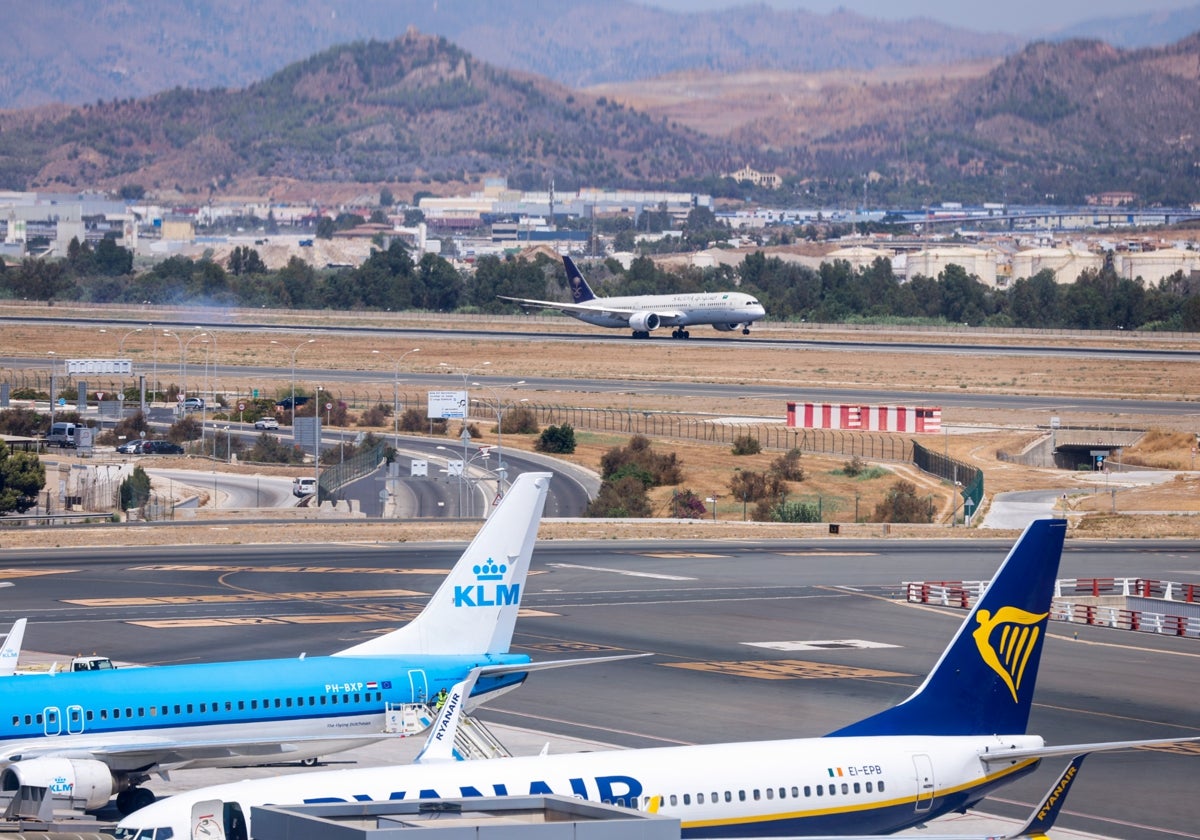Reasons to love the raisins of the Axarquía to the east of Malaga province
Source: RSS de noticias de Surinenglish
Anya Soares
Malaga
Friday, 12 September 2025, 12:41
The Axarquía area is situated on Malaga province’s east side, its name stemming from the Arabic ‘aš-Šarqiyya’ (meaning ‘the eastern region’). Notably, it was from Egypt where the Phoenicians were originally said to have brought the Muscatel grape to Andalucía, almost 3,000 years ago.
Today, the Axarquía is a popular site given its distinct cultural heritage, and visitors have the opportunity to learn about how the grapes are harvested in order to produce raisins.
With raisin production being one of the district’s most important industries, there are many tours that explain how this process works. The ‘ruta de la pasa’ (raisin route) spans 62 kilometres and takes the visitor through small coastal towns and vineyards dotted around the mountainous landscape.

The Axarquía’s cultural tapestry is still being woven by farmers today. For the most part, the grape harvesting itself is unchanged. However, it has had to adapt to climate change, with higher temperatures triggered by global warming leaving bunches to ripen more quickly, bringing the harvest forward to as early as July, instead of early autumn.
Paco explains grape harvesting on his farm.
Karl Smallman
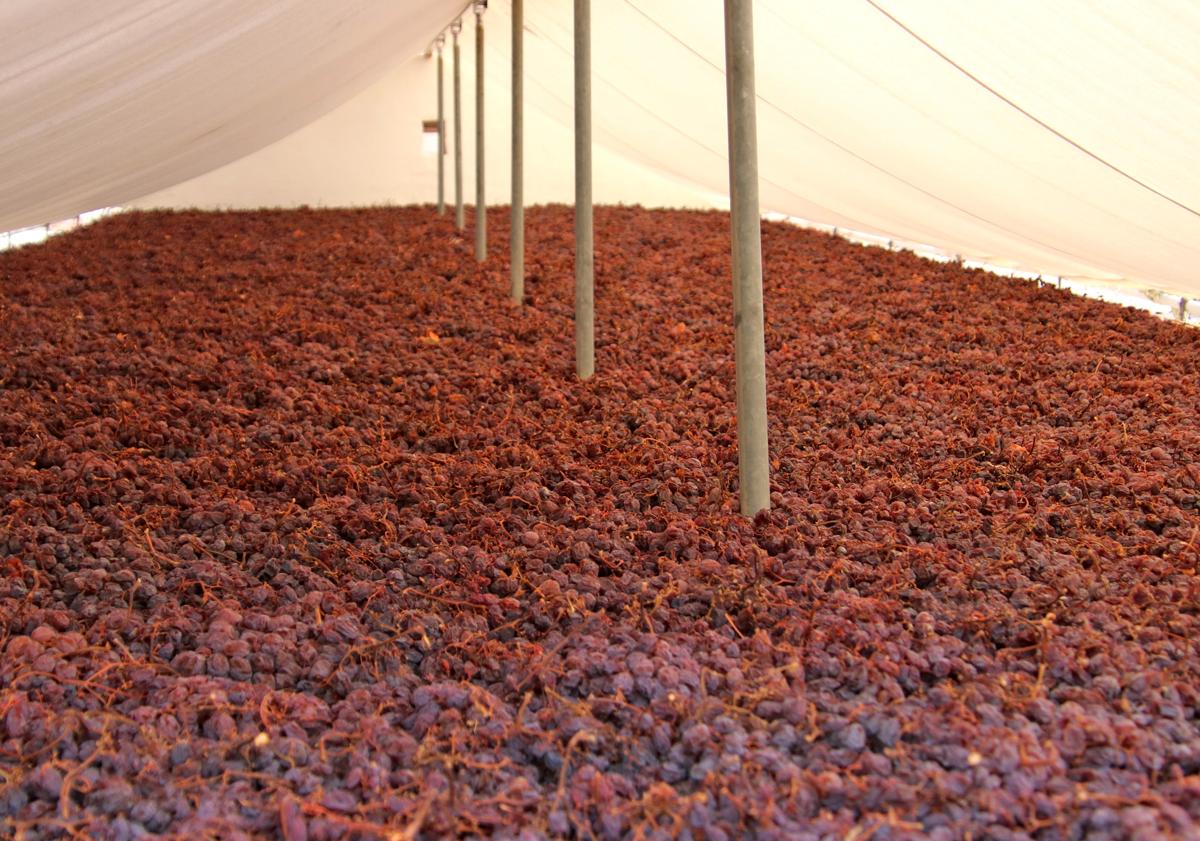
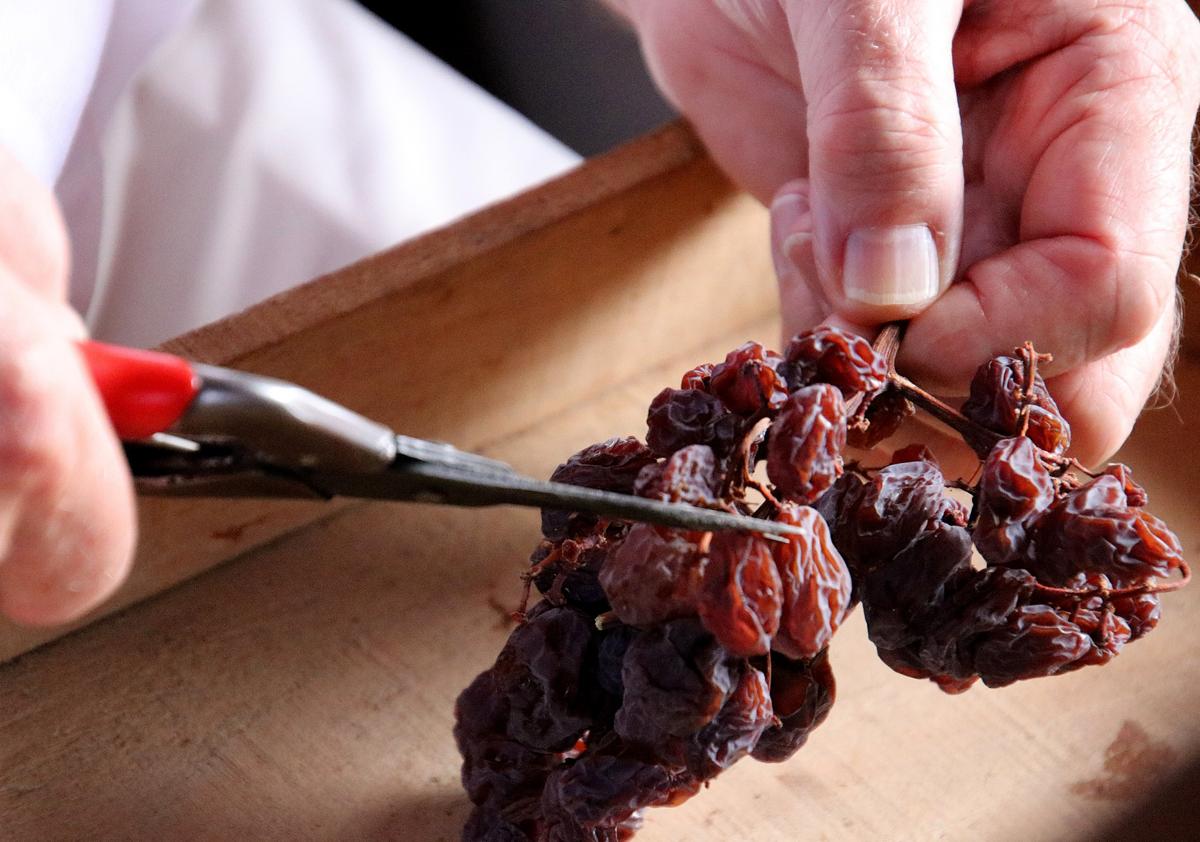
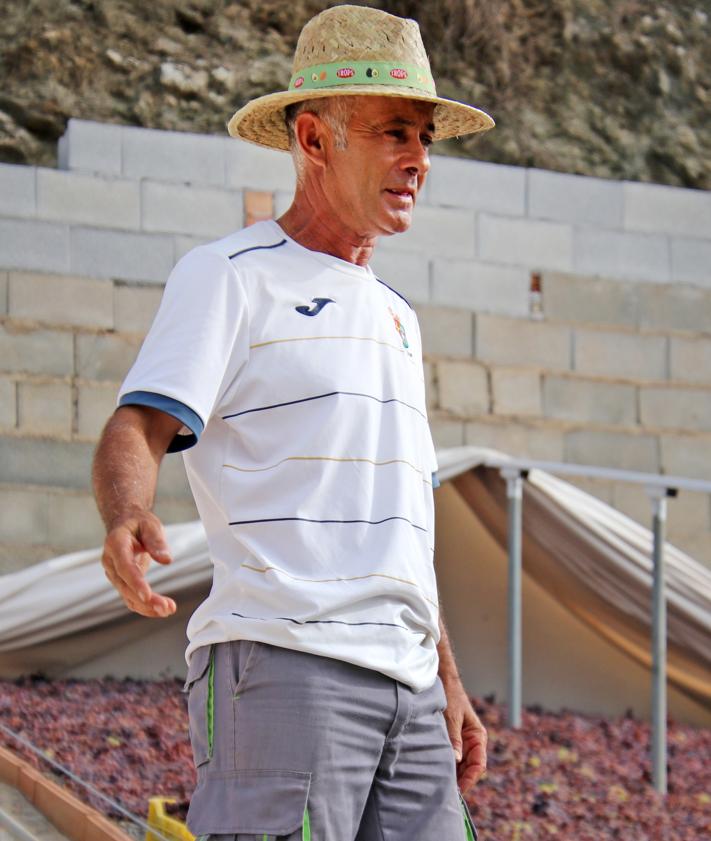
The first phase begins on the mountainsides where farmers pick ripened Muscatel grapes and transport them by mule to the ‘paseros’: a bed that faces the sun, intended for the drying process. Then, dressed in their sunhats and ‘alpargatas de esparto’ (traditional footwear designed not to damage the grapes), the farmers lay them out to dehydrate in the sun, periodically turning them over so that they can dry evenly. This takes about 14 to 20 days, in order to produce purple-black raisins.
In the Axarquía, the production of ‘pasas’ (raisins) is equally as important as wine production, with some farmers prioritising the production of one over the other. While speaking to a group of international media professionals last weekend, Paco, a local grape grower between the villages of El Borge and Almáchar, explained that 90 to 95% of the grapes for this year’s harvest – which took place in August – were used in raisin production, while the rest were exported to local bodegas to be made into wine.
Harvesting by hand
On average, three kilos of grapes produces only one kilo of raisins. The majority of workers are families who own small farms and often they earn as little as 60 cents per bag of raisins. Moreover, grape harvesting is done almost entirely by hand, in order to preserve the natural environment; machinery such as ploughs and tillers, are considered too hazardous to use on the sloped mountainsides, where the uneven land can sometimes incline up to 60%.
The intensive work needs many hands, as it is a slow process – it is a labour of love, if nothing else. Once the raisins dry, families spend their evenings in farmhouses, snipping at grape vines in order to extract the raisins. Apart from breaks being set aside for lunch and dinner, a workday typically lasts for 12 to 15 hours.
Workers earn as little as 60 cents per bag of raisins that they produce
Traditionally, the different stages of the harvesting process are divided by gender, with women being involved in branch picking and quality control, whereas men would work on the traditional drying floors, planting and pruning the grapes.
Yet, in recent years, the role of women in small-scale agriculture businesses, has shifted, with female vineyard holders representing “30.4% of the country’s total, compared to 27.9% in 2009”, according to Spain’s Wine Interprofessional.
In 2018, the Axarquía’s cultivation of Muscatel grapes was officially recognised as a Globally Important Cultural Heritage System (GIAHS) by the UN; one of the first in Europe. Despite this, the future of the agricultural industry remains uncertain, Paco explains, as fewer and fewer young people have a desire to work on the land, because of its unprofitability.
The world’s producers
The UN’s Food and Agricultural Organisation cites the world’s main raisin producers as: “Turkey (28%) and United States (21%), followed by Iran (13%), China (12%) and Chile (6%).” Within the European Union, Greece heads the raisin industry, making up 3.7% of world production. In comparison, Spain’s raisin exportation is marginal, representing 0.1% of Greece’s total production.
Grape harvesting is becoming less popular with younger generations
Evidently, global demand for raisins from Malaga is low, despite being loved for their unique characteristics, such as their sweet-sour flavour balance and rich, juicy texture.
As a result, the continuation of the Axarquía’s cultural tradition rests on the shoulders of those families who want to preserve their cultural heritage.
The original article: belongs to RSS de noticias de Surinenglish .
